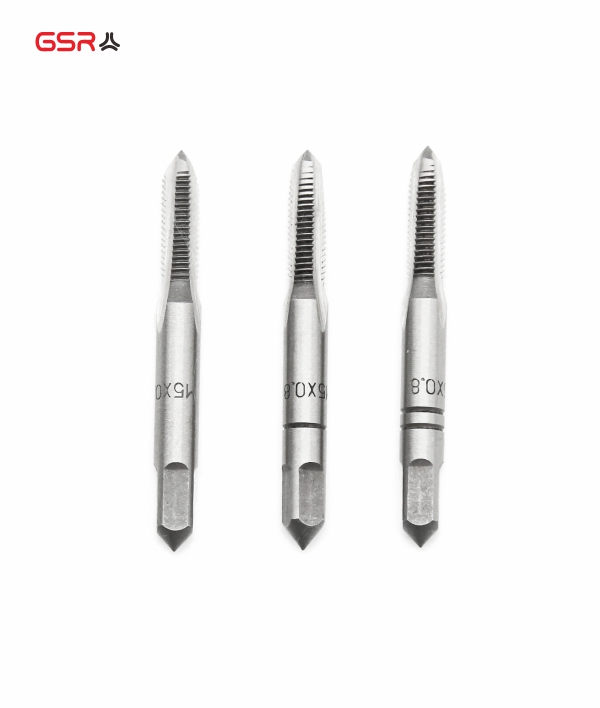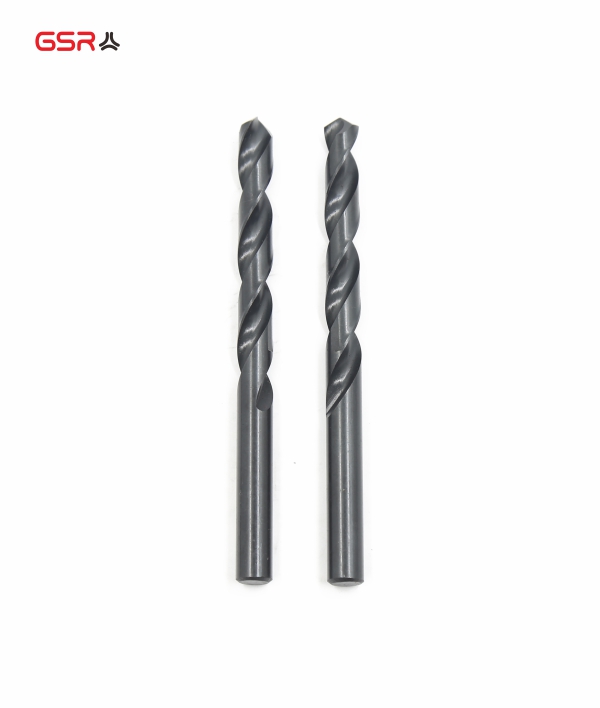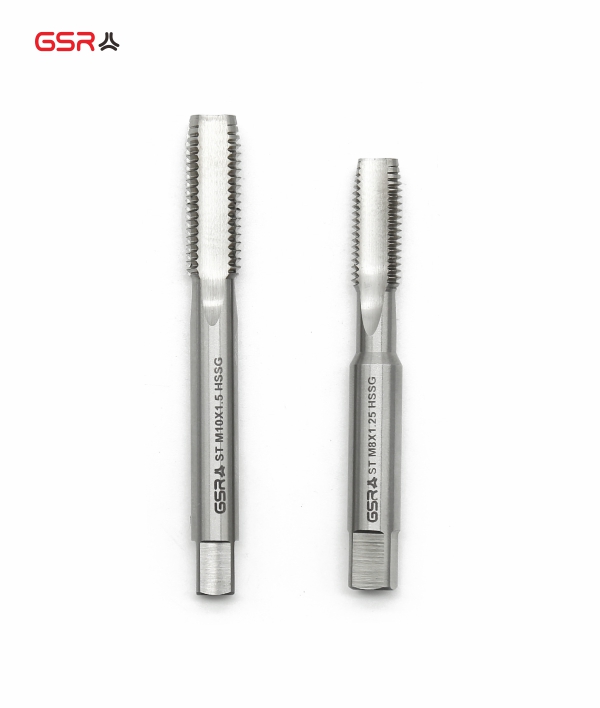Why Cutting Machining Needs Coolants and Lubricants
The use of coolants and lubricants in metalworking is extremely important.
If you need to drill a lot of holes, or want to achieve good hole quality when drilling, it's important to not only choose the right drill bit, but also consider cooling and lubrication. If you don't use the right cooling lubricant, you may have a bad experience.
But before we get to the proper cooling lubricant, let's look at what happens during the cutting process.
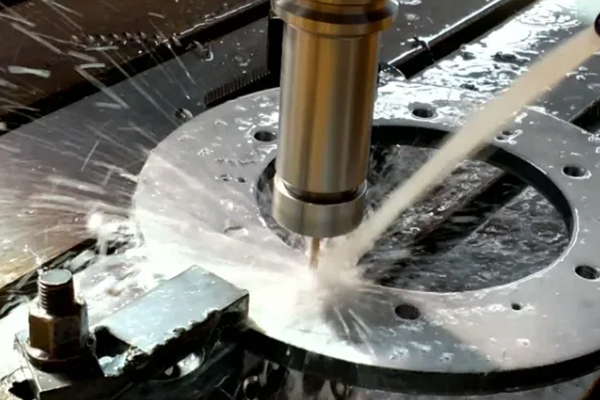
How does friction between two materials occur?
Suppose you are drilling with a twist drill. The friction between the rotating motion of the twist drill and the workpiece generates heat, in some cases up to 1200°C. In this case, cooling is very important, e.g. to prevent the twist drill from being over-heated to the point of brittleness (annealing)
Of course, there are other reasons why you should use coolant and lubricant as well.
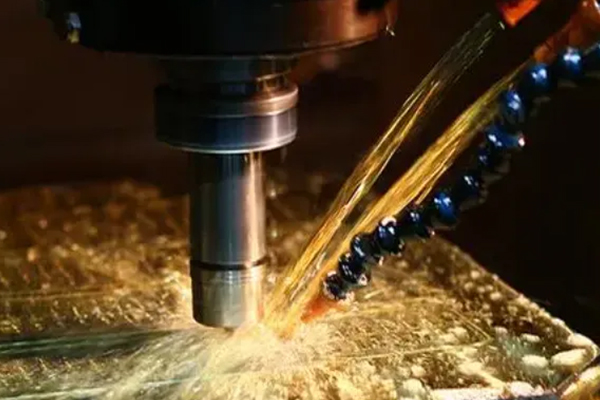
Coolant and lubricant applications
1. Reduces friction between the drill bit and the workpiece, thereby reducing wear on the drill bit and extending tool life.
2. Heat dissipation and cooling, the heat should be dissipated as quickly as possible so that the tool and workpiece do not overheat.
3. Remove swarf and reduce wear and tear, easy to flush away swarf and chip removal.
4. Cleaning and anti-corrosion treatment of the workpiece to protect the workpiece
5. Improvement of the quality of workpiece surfaces
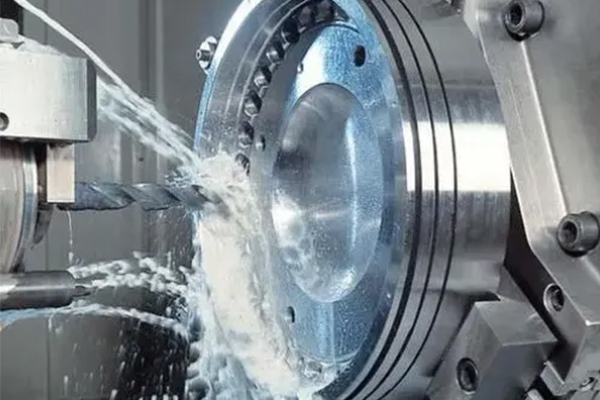
Cooling lubricants for machining applications
Which coolant do you use in your application? First, you must understand the cutting process.
The selection of the appropriate cooling lubricant depends on the cutting speed, the workpiece, and the desired cooling and lubricating effect.
Depending on the application, different cutting concentrates, coolants and lubricants or cutting pastes, cutting sprays and general-purpose cutting oil concentrates can be used.
The choice of cooling lubricant depends on several factors
Drilling processes (drilling, countersinking, thread cutting) and requirements for cooling, flushing and lubrication
Cutting capacity of the workpiece
Cutting speed
Required dimensional accuracy and surface quality
Thermal sensitivity of the material to be machined
| Cutting Type | Cutting Speed | Cooling Effect | Lubrication Effect | Coolants and Lubricants |
| Pre-drilling | Very High | Very High | Very Low | Water-soluble cooling lubricants |
| Drilling | Very High | Very High | Very Low | Water-soluble cooling lubricants |
| Countersinking | Medium | Medium | High | Cutting oils or Pastes |
| Threading | Very Low | Very Low | Very High | Cutting oils or Pastes |
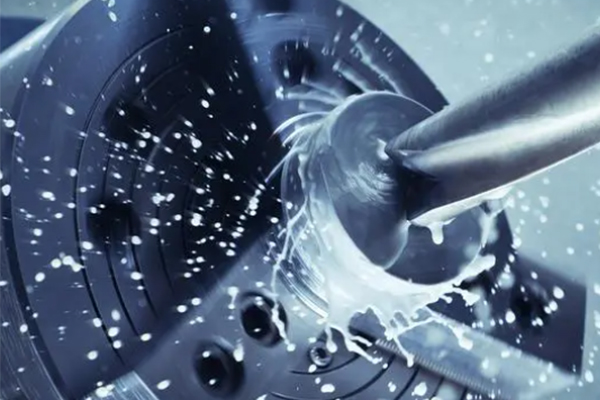
If you have other questions, feel free to contact us






